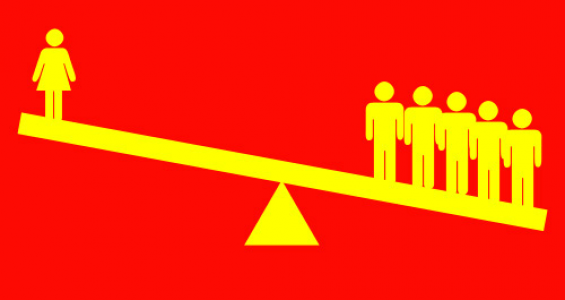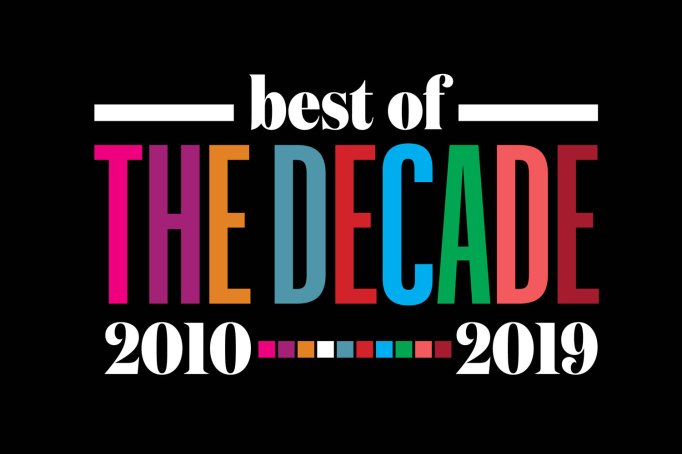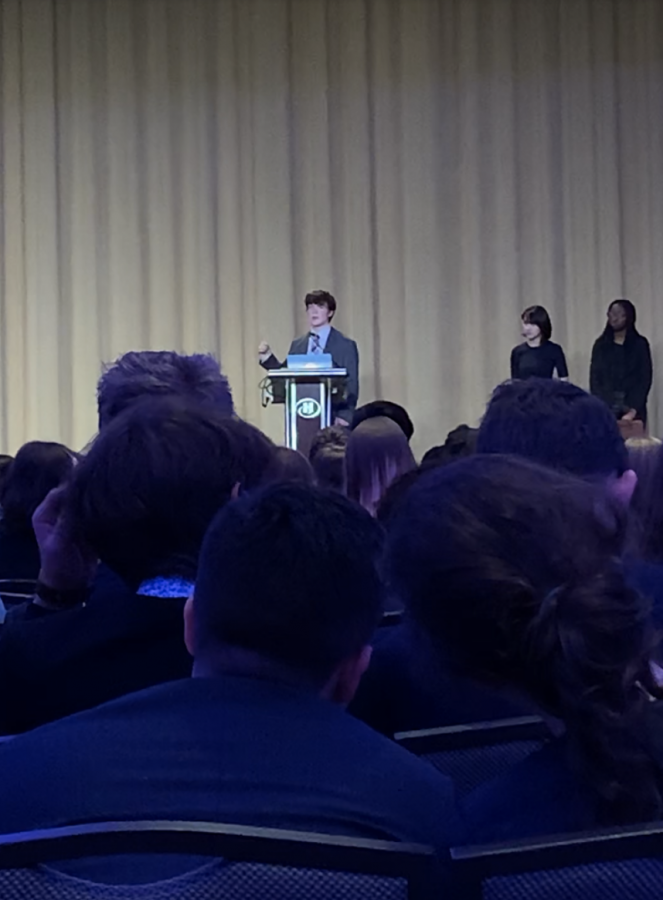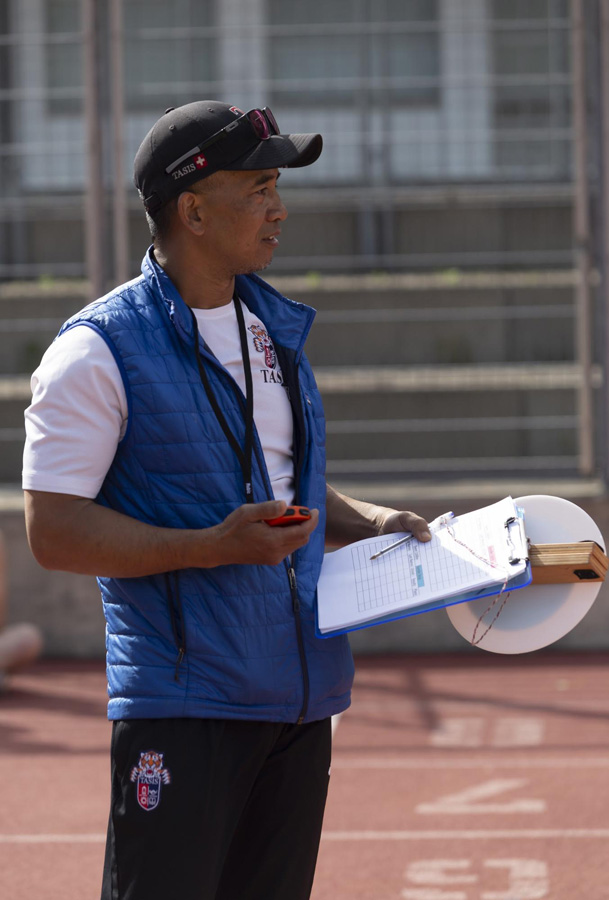Frani O’Toole
Balance implies stability, equality, justice. Imbalance implies instability, inequality, injustice. Those two statements in mind, what is it fair to extrapolate (if anything) from the amplified gender imbalance in a number of electives this year?
This year’s imbalances are interdisciplinary and visible to varying degrees. In history, for example, Global Ethics has 30 girls and six boys across two blocks, and Chicago: City on the Make has nine girls and one boy. In science, Medicinal Chemistry has 21 girls and six boys, Stellar Astronomy has 13 boys and five girls, and AP Physics has 10 boys and three girls. In dance, there are 11 girls and one boy.
Looking at those examples, it may not be fair to extrapolate anything—the trends could be accidental. Since Latin is so small, the data points are few. The school is also disproportionately female, so there’s a natural imbalance. And it should be noted that this year’s composition has not necessarily been the case in previous years: Ms. Hennessy’s APUSH/HUSH has, in the past, had predominantly male classes, though this year it’s more female.“I actually think that HUSH having more females than males this year is a fluke — maybe,” Ms. Hennessy says. “It could be because of lack of student interest in history in the junior class, or it could be because of the periods HUSH is offered.” These two factors—grade behaviors and scheduling conflicts—probably take responsibility for most of the gender imbalance. But it may not account for the exaggeration in the numbers.
In some cases, the data reflects wider social trends. Explaining the gender disparity in her dance class, for example, Ms. Durant says “gender stereotypes often prevent parents from enrolling their children in extracurricular dance classes, even when there is interest, thus contributing to the gender inequality in dance classrooms as well as the professional field.” Computer Science is similar. Mr. Wrobel, Computer Science teacher, says that “In terms of the gender bias, Computer Science does a really bad job, historically speaking, of attracting women and presenting itself to women and then making women feel comfortable once they’re there.” He says the AP Computer Science test is the most gender imbalanced in the history of the College Board: four men take to every one woman. And that reflects, Mr. Wrobel says, the false notion that “the future, innovation, you name it—that belongs to the same people it’s always belonged to. And there’s no reason for it, either. It’s just some people have been told it belongs to them, so it gets to belong them. And other people get told it doesn’t belong to them, so it doesn’t belong to them. And that’s true for a lot of subjects where this social inertia around it doesn’t exist.”
It’s interesting that the dialogue that motivates this “social inertia” often begins in schools, in classrooms. So can an imbalanced environment shape those conversations? Grace Coberly, a sophomore taking Global Ethics, thought of a particular example: “it could’ve shaped the child bride discussion,” she says. Other students see less of an impact; Senior Chris Quazzo, who is the only boy in the Chicago: City on the Make class, says “I was initially conscious of my being the only boy in the class because that had never been the case for me before, but I quickly forgot about it because it never affected my experience in the class.”
Of the teachers I interviewed, however, all said that the behavior of the class changes when the roster favors one gender. Ms. Hennessy says “When a class has more female students, in my experience, the dynamic is very cooperative. In discussions, students tend to talk to each other more as opposed to talking to me, as the teacher. I have also found over the years that classes with more females tend not to like competitive assignments (i.e., debates, simulations) as much as classes with more males.” Mr. Gilden also finds the women in his Global Ethics class “to be very thoughtful, very communicative, very engaged, very sincere, and really thinking about the issues and willing to talk about them.”
When I asked about the responsibility to “market” their classes to underrepresented groups, most teachers agreed that there are reasons to do so. “I do think recruitment is a good idea,” Ms. Durant says, but that “Honestly, being a woman, I feel limited in my ability to recruit males. There is a class at New Trier High School called Men’s Dance; a dance class only for men, led by a male faculty member. It has been a successful course for many years.” As for Global Ethics, Mr. Gilden says “I think subconsciously or perhaps consciously I’ll have to think about it more […] I think it is an ethical responsibility for teachers to try to recruit a diverse group, on some level.” And with Computer Science, Mr. Wrobel says “If I had time there are videos I can play, but I’m torn. Because on one hand I don’t want to ignore this, but on the other hand I don’t want to perpetuate stereotypes.”
It’s true, there are many elements to reconcile in this issue—the topic poses questions, invites opinions, presents obstacles. And that can make it tricky to strike a balance.]]>





















































